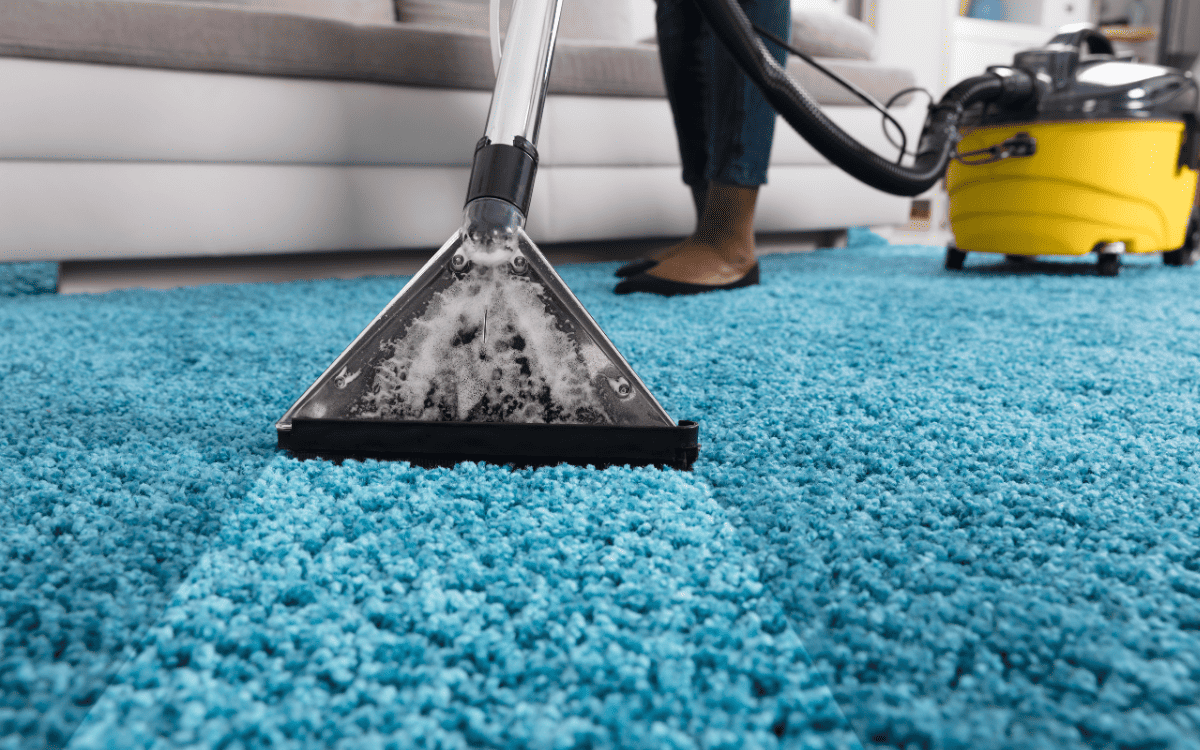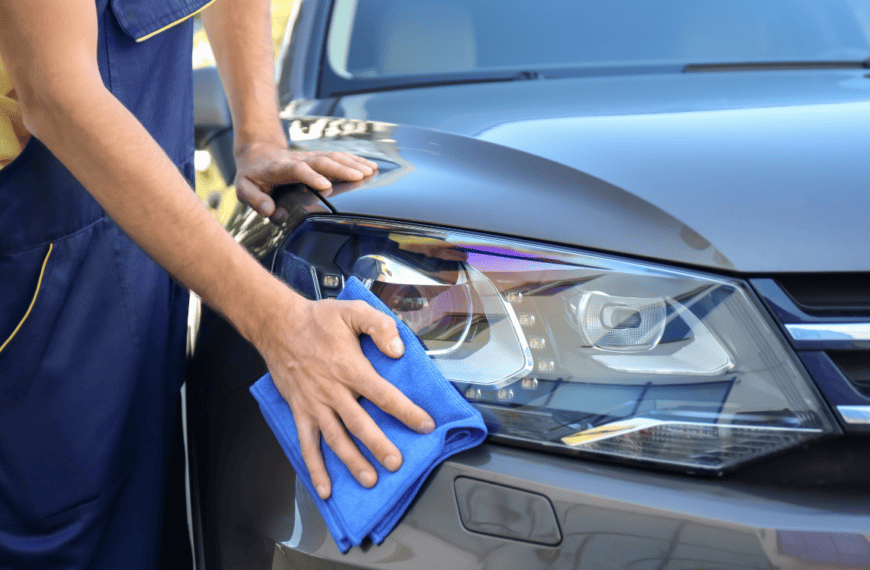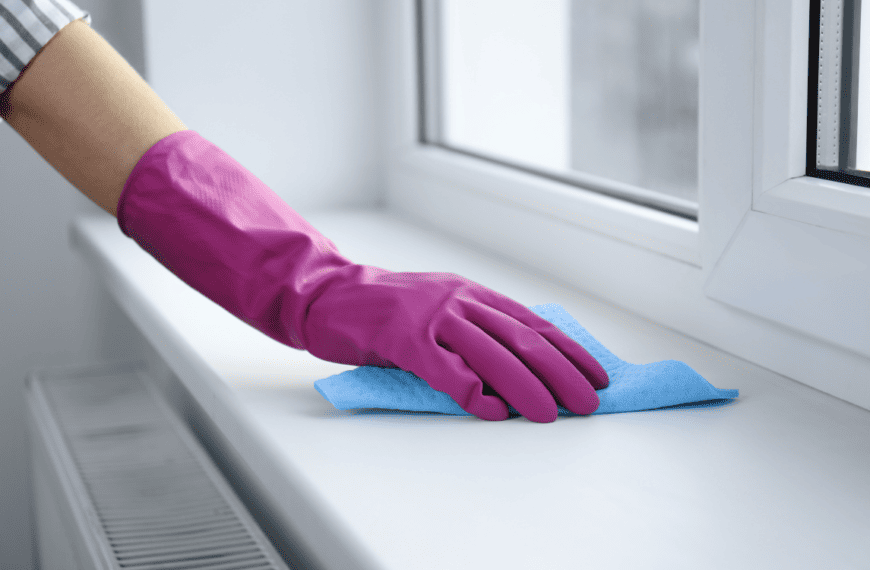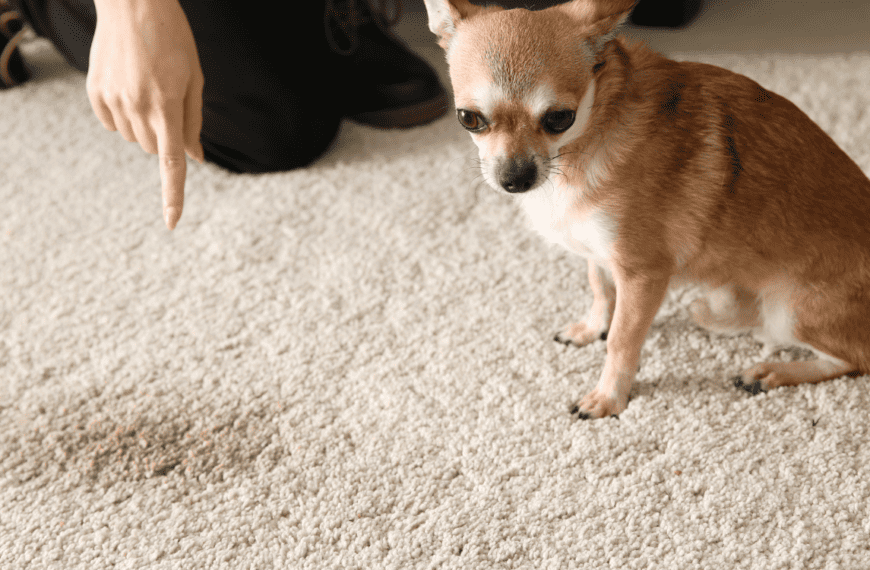As a homeowner who’s battled flooding and pipe ruptures, I know the havoc water can wreak—especially on carpets. Wet carpeting isn’t just a nuisance; it’s a health risk that can lead to mold growth and costly repairs. In this guide, I’ll show you how to get water out of carpet effectively, drawing on my own hard-won experience to help you minimize damage.
Before You Begin: Critical Considerations for Wet Carpet
- Determine the type of water. Your remediation approach will change depending on the source and cleanliness of the water
- Check your insurance. Internal water sources, such as a busted pipe, should have coverage under your homeowner’s insurance
- Work fast. You have 24 hours to remove the water before needing to replace the potentially moldy carpet
- Vacuum large amounts of water with a wet vac. A wet-dry vacuum cleaner can extract most of the moisture from the carpet more efficiently than most DIY tools
- Know when to call the experts. Certain circumstances will need professional intervention no matter how much you try to dry the wet area
How To Dry a Wet Carpet
The carpet drying process will change based on the quality of the water in the material and the saturation level. While getting the carpet wet won’t always ruin it, certain types of water will entail expert cleaning or carpet replacement. Depending on the moisture level in the carpet, your most practical options will range from simple household solutions to heavy-drying machine rentals.
Find the Source and Assess the Damage
Rooting out the source of the water damage is crucial in preventing moisture buildup and choosing the best drying method. Turn off the power if there are water-logged electrical fixtures and wiring to avoid injury while working.
You can also determine the water quality to tell whether this is a DIY cleanup or a professional job. Three types of water can damage a carpet:
- Clean water: uncontaminated rain or water from burst supply lines running to the house
- Gray water: water from appliance drains, such as washing machines or dishwashers, containing detergents, chemical cleaners, and other mild-moderate contaminants
- Black water: highly contaminated sewage from freshwater or ocean flooding, sewer backups, and toilet overflows
You can handle clean water in your carpet and potentially the carpet padding IF you can do so within 24 hours of the carpet getting wet. By contrast, black water contamination will need replacement no matter how long it has been sitting there. Gray water-contaminated padding will need replacement, but you may be able to save the carpet through professional cleaning.
Top Recommendation: Wet-dry vacuum or Carpet Extractor
After cutting off the source of the water and allowing air movement to speed up the drying process, using a wet-dry vac is the next step in getting water out of the carpet fast. A wet vac is essential for extensive moisture in wall-to-wall carpeting, and fortunately, many homeowners already have one handy.
Consider buying or renting a high-powered wet vacuum or a carpet extractor for more efficient water removal. Home improvement stores like Lowes and Home Depot let you borrow heavy-duty drying equipment for a nominal fee for several hours or days. Professional-grade equipment is the best starting point for DIY drying if you’re dealing with a soaked carpet after a flood.
Tools and Materials
- Rubber gloves
- Face mask
- Wet-dry vacuum cleaner*
- Fans
- Towels
- Moisture meter
*I recommend Kärcher – WD 3. I got it for $84.99 on Amazon and it has never disappointed me
Step 1: Prepare the Room and Vacuum Cleaner
Aside from the carpet, assess damage to your furniture and drywall. If there’s wall damage, you’ll have to replace any swollen or damaged drywall and wet insulation. You can save furniture if you restore it within 48 hours. Regardless of the damage, you’ll have to move furniture out of the way before you can dry the wet carpet.
Before using your wet vacuum, remove paper or other dry vac filters and collection bags. Keeping these in while vacuuming water will hinder performance, damage the filter, and potentially ruin the vacuum. Leave it filterless, or install a mesh filter that can handle moisture.
Step 2: Vacuum the Carpet
Put on rubber gloves and a mask to protect against harmful contaminants while working. Run the wet-dry vac over the wet carpet to pull up the moisture. Press firmly into the rug and move slowly. Make multiple passes until you extract as much water as possible.
Step 3: Assess the Carpet Pad
Substantial water in the carpet means there’s water in the pad and likely the subfloor, where trapped moisture will spur microbial growth. A foul odor and household health issues may result, and eventual structural damage from mold and rot can occur in the worst scenarios.
After extracting the water from the carpet, look underneath it. Peel back the carpet from the edge and assess for moisture in the pad and subfloor. You may need to remove the baseboards to take the carpet off the tack strip.
A slightly damp carpet pad might be salvageable with a wet-dry vac and air drying. But padding is cheap and easy to install. The polyurethane foam won’t fully recover if it’s well-saturated, and in most instances, the savviest solution is to replace carpet padding wherever it’s wet.
Tip! A moisture meter lets you check for moisture in and under the carpet, even when it feels dry. If the reading is in the allowable range, you may only have to let the area air dry. Check several places on the carpet to ensure you got all the water. You can use the meter for numerous surfaces, including drywall and wood, to look for additional water damage.
Step 4: Dehumidify and Create Air Flow
If the padding and subfloor are wet, you’ll need to dry them out before reinstalling your carpet. With the carpet pulled back and the moist subfloor exposed, run a dehumidifier and fans over the area to dry it out. Leave the dehumidifier running for at least 24 hours. Check the moisture meter reading in the subfloor and continue dehumidifying as needed.
Step 5: Sanitize the Carpet
You can relay the dry carpet over the dry subfloor and new padding. To be thorough, hit the floor with a steam cleaner or your carpet cleaner with a disinfecting solution like OdoBan. A final carpet cleaning to kill any remaining microbes will complete the project and prevent nasty odors from coming back.
Set up Air Movers and Dehumidifiers
Fans and dehumidifiers are essential to any carpet drying effort. If you don’t have tons of standing water, they could be the only tools you need to extract all the moisture. High-powered carpet blowers, air movers, and dehumidifiers are also available for rent at your local hardware store.
Dehumidifiers are the most efficient way of extracting lingering moisture. They pull water from the carpet and the surrounding air, an excellent option on humid or rainy days when the windows need to stay shut.
Fans or carpet blowers are effective if you can circulate air through open windows. A sunny, low-humidity day is perfect, as fans can continuously blow moisture from the carpet away and replace it with dry air. If you can’t open the windows, turn on your central A/C to circulate the air. The evaporator will capture moisture as the A/C pulls air from the room.
Sprinkle Baking Soda on Slightly Wet Carpets
Baking soda is one of the handiest and most effective tools for handling moist surfaces, as it attracts and absorbs moisture. Sprinkling it on a damp carpet may be all you need to remove water from an accidental spill or short-lived leak. Leave it to sit for several hours before vacuuming it with your wet-dry vac (remember to re-install the dry filter before doing so).
If you don’t have baking soda, you can try any number of effective alternatives to absorb water from your carpet. The following are a few everyday materials you can sprinkle over your rug:
- Cat litter
- Corn starch
- Table salt
As they absorb moisture, these solutions will also control odors. Do not rely on baking soda alone if the water damage is extensive or you’re unsure of how long the carpet has been wet.
When To Call a Professional
Contacting a professional carpet cleaner is a judgment call when you’re working with clean water in your rug. For safety, I recommend working with an expert when you have gray or black water intrusion. Sewage and flood waters can expose you to numerous bacteria, viruses, and parasites with severe health implications. Remediation will run a few hundred dollars at least, but it’s well worth it to avoid potentially life-threatening diseases.
Tips To Prevent Mold and Mildew Growth
After drying your carpet, stay aware of mold and mildew odors and stains. Even the smallest amount of moisture in the carpet, padding, or subfloor can allow mold to thrive. If you notice signs of an issue, follow our guide on cleaning mold from carpet to ensure your home stays healthy and safe.
Even when you’re certain you’ve removed all the water, preventing mold should be a top priority. Follow these tips to keep mold and mildew out of your flooring:
- Place a hygrometer in the room to check for relative humidity levels above 60%
- Dehumidify the space as needed to maintain low relative humidity
- Install anti-microbial carpet padding
- Apply a mold-killing primer to the subflooring
- Maintain your HVAC with regular filter changes and annual inspections to ensure it dehumidifies the house efficiently
- Set up an air purifier with a HEPA filter to capture incoming mold spores and other contaminants before they can settle in the carpet
Maintaining a Moisture-Free Carpet
Preventing microbial growth, odors, and carpet deterioration comes down to the simple matter of keeping your floor dry. In most instances, the primary concern is fixing the leak, exterior drainage issue, or plumbing problem that caused the water intrusion. Under normal circumstances, you shouldn’t have any trouble with wet carpets after addressing the source.
Consider water-resistant padding if your carpet constantly gets soaked from pet accidents or spilled drinks. The protective barrier won’t help with all types of water intrusion, but it can stop moisture coming from above from damaging the underlayment or subfloor. With that, carpet cleaning and drying is quick and easy.
Frequently Asked Questions (FAQ)
How Do I Know if My Carpet Is Completely Dry?
The most accurate way to tell if your carpet is dry is with a moisture meter. Stick it into the carpet to reach the padding. Readings between 0–10% are ideal. If it’s over 15%, you can peel back the carpet to check the padding and subfloor for confirmation.
What Are the Risks of Not Properly Drying a Wet Carpet?
If you don’t properly dry your carpet within 48 hours, you’re at a high risk of mold developing, which will only worsen as you let it sit. Allergic reactions and potential infections may occur. If the water reaches wood substrates, rot can erupt in days, eventually causing structural weakness.









